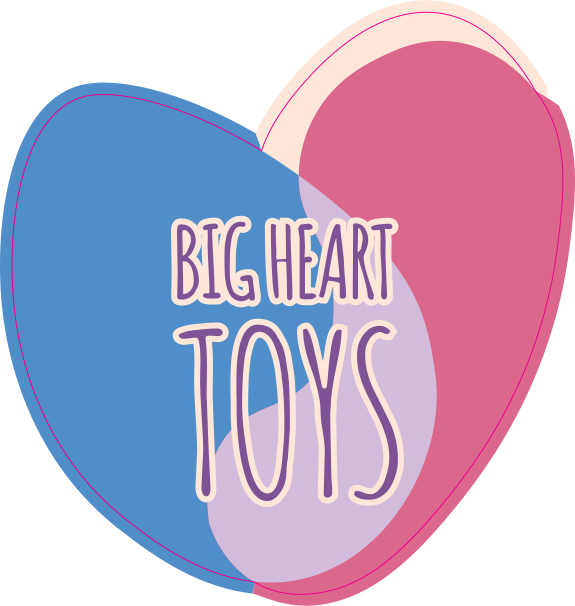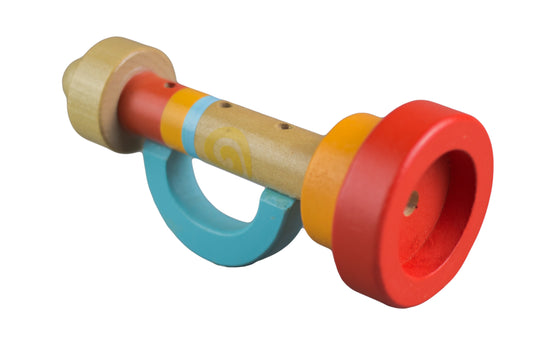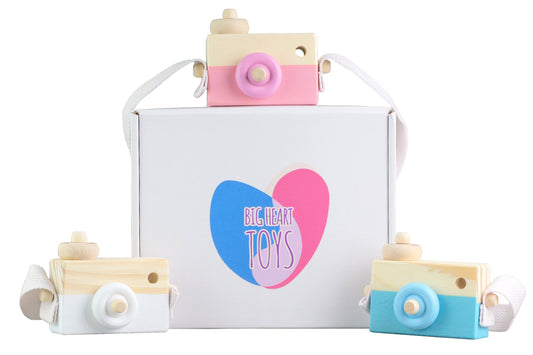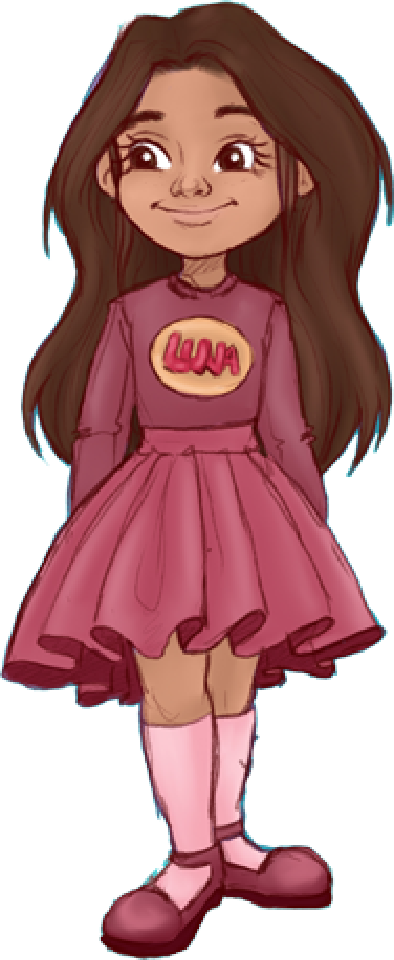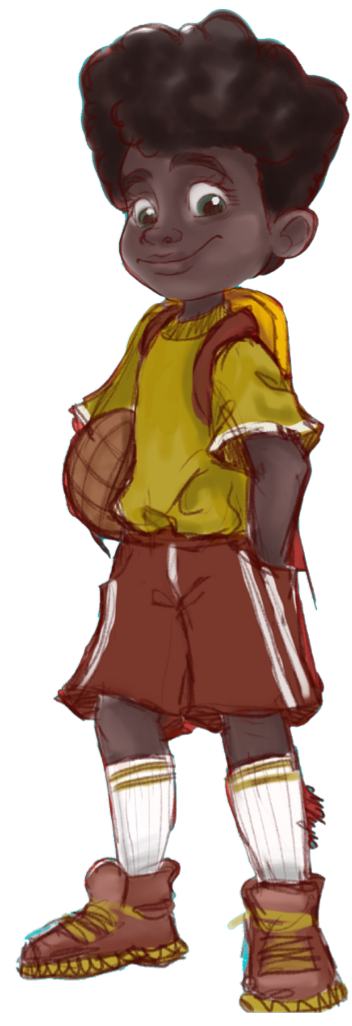In an always-on-the-go world, it could be easy to forget that making time to play and laugh is an essential part of growing up, according to childhood experts. Laughing and playing enhances bonding with your child, is important for emotional and mental development, and can be the most engaging way to learn!
The Importance of Play and Humor for Children
Play and humor are essential for childhood development socially and cognitively. For starters, play enhances social skills and provides children with opportunities to interact with others, develop communication skills, and practice what to do in times of conflict.
Play is a vital part of boosting creativity and imagination. Playing pretend and enjoying humor encourage children to think creatively and come up with new situations, ideas, and solutions independently.
Free play helps children naturally enhance motor skills, reduces stress, and promotes well-being and happiness. Play and humor are natural ways to reduce anxiousness and allow children to feel a sense of belonging and joy.
Cognitively, playtime improves problem-solving skills, memory, attention span, and reasoning. It helps children connect and bond with family and friends, make new friends, and teach relationship-building skills. Play and laughter are not only fun; they’re also essential.
Keep reading for a few jokes that are sure to tickle your toddler’s funny bone!
Best Knock-Knock Jokes

Knock-knock jokes are a classic, quick way to get a laugh. Toddlers like them because they have a predictable structure that can be easily remembered. The absurd punchlines can be amusing to children as they develop their sense of humor.
These jokes are bound to get your little one giggling:
-
“Knock knock.” “Who’s there?” “Interrupting cow.” “Interrupting cow wh…” “MOOOO!”
-
“Knock knock.” “Who’s there?” “Boo.” “Boo, who?” “Aw, don’t be sad: It’s just a joke!”
-
“Knock knock.” “Who’s there?” “Lettuce.” “Lettuce, who?” “Lettuce in! It’s cold outside!”
-
“Knock knock.” “Who’s there?” “Cows go.” “Cows go, who?” “No silly, cows go moo!”
-
“Knock knock.” “Who’s there?” “Atch.” “Atch who?” “Bless you!”
-
“Knock knock.” “Who’s there?” “Dishes.” “Dishes who?” “Dishes the police, open up!”
-
“Knock knock.” “Who’s there?” “Robin.” “Robin, who?” “Robin you, hand over the candy!”
-
“Knock knock.” “Who’s there?” “Banana.” “Banana who?” “Knock knock.” “Who’s there?” “Banana.” “Banana, who?” “Knock knock.” “Who’s there?” “Banana.” “Banana, who?” (repeat until annoying) “Knock knock.” “Who’s there?” “Orange.” “Orange, who?” “Orange you glad I didn’t say banana?”
-
“Knock knock.” “Who’s there?” “Water.” “Water, who?” “Water you asking all these questions for? Open up!”
-
“Knock knock.” “Who’s there?” “Hoo” “Hoo, who?” “Oh, are you an owl?”
Best Puns
Tots tend to love puns because they are short and easy to understand. These play-on-words jokes are amusing to children that are just starting to understand and play with language. It can make a child feel smart when they understand a riddle or pun.
Here are some hilarious, relatable ones:
-
Q: What do you call a sleepy dinosaur? A: Dino-snore!
-
Q: Why was the math book sad? A: Because it had too many problems!
-
Q: What’s a pirate’s favorite letter? A: Everyone thinks it's R, but it’s the C (sea) they love!
-
Q: What do you call an alligator in a vest? A: An investigator!
-
Q: What do you call a bear with no teeth? A: A gummy bear!
-
Q: What do you call cheese that isn’t yours? A: Nacho cheese!
-
Q: Why did the cow want to be an astronaut? A: So she could see the milky way!
-
Q: What is a duck’s favorite ballet? A: The nut-quacker!
-
Q: How does a train eat? A: It goes, “Chew, chew!”
-
Q: What kind of shorts do clouds wear? A: Thunderwear!
Funniest Jokes Overall
To get kids to laugh at your jokes, you need to make these jokes understandable and relatable. A two-year-old isn’t going to understand a dad joke, so be sure to keep the laughs at their level. Some of the best jokes for kids are based on animals, food, or their favorite characters.
Here are some popular favorites:
-
Q: Why can’t you give Elsa a balloon? A: Because she’ll let it go!
-
Q: Why did the golfer get two pairs of pants? A: Because he got a hole-in-one!
-
Q: What did the baby corn say to the mama corn? A: Where’s the Pop corn?
-
Q: How many tickles does it take to make an octopus laugh? A: Ten tickles!
-
Q: What do you call a fake noodle? A: An impasta!
-
Q: Why did the cookie go to the doctor? A: Because he was feeling crummy!
-
Q: What do elves learn in school? A: The elf-abet!
-
Q: Why did the teddy bear say no to ice cream? A: He was stuffed!
-
Q: Why do bees have sticky hair? A: Because they use honeycombs!
-
Q: What do you call a cow during an earthquake? A: A milkshake!
How To Make Learning Fun
Kids, especially young children, learn when feeling engaged. If their attention isn’t there, they’re not going to acquire new knowledge or skills. Creating engaging, fun ways to learn new things enhances the learning experience and makes it more likely for your child to retain what you are teaching them.
Engaging activities help children develop a positive attitude toward learning, which can lead to long-term academic success. Children tend to enjoy learning when they are encouraged to take risks, ask questions, and seek new experiences.
Teaching a toddler to love learning will help them greatly when it is time to start school. Your child’s teacher will thank you for taking the time to develop a love of learning rather than a resistance to it.
By incorporating games, hands-on activities, purposeful technology, social opportunities, humor, and real-world connections, children can be more motivated to learn and grow up enjoying the learning experience.
Turn Learning Into Games
With some practice, you can easily turn learning content into games! The competitive nature of a game motivates a child to catch onto whatever it is you are teaching them: It’s called gamification. Incorporate games related to certain subjects during playtime, and suddenly — your child’s play is intentional.
For example, a bright and colorful math activity looks like a game, so children don’t even realize they are learning! Worksheets and flashcards can feel dull and task-oriented, making a child shy away. The pressure of direct instruction with young children can make them hesitant and scared.
Kids love to play games with their parents or friends, so why not incorporate helpful subject matter into those games? A great two-in-one learning and play opportunity.
The Difference Between Humor and Teasing
Keep things light-hearted when joking around with children. Sarcastic jokes can quickly turn to teasing without intending to. Teach children to advocate for themselves if they get upset feeling that they are being teased. While humor and teasing can both involve making light of a situation, it’s important to note the difference between the two.
Humor is well-intended and used to make others laugh and feel good. It is a positive social skill that can enhance relationships. It is not used to embarrass someone or make them feel bad.
Teasing, on the other hand, makes fun of someone in a negative way. Even if the teasing is to be funny, it can make others feel bad and be harmful to one’s self-esteem. Teasing is mean-spirited and can lead to negative social outcomes.
Help your children understand the difference between humor and teasing so they know how to joke appropriately with others and when to stand up for themselves if being teased.
Summary: Funny Jokes for Toddlers
There’s no better feeling than laughing with your child. Make time to laugh and play. It’s good for their heart, their brains, and their development. After all, they’re only little once!
Keep the fun going with Big Heart Toy’s collection of toys and games.
Sources:
Adventurous Play as a Mechanism for Reducing Risk for Childhood Anxiety: A Conceptual Model | PMC
Teacher's Corner: Making Learning Fun | American English.
Engaging children with educational content via Gamification | Springer
